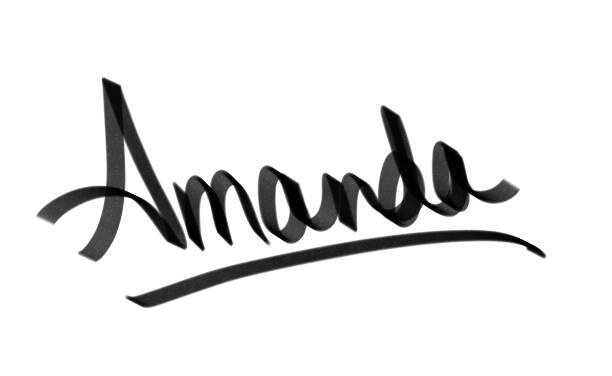
If you have not heard it yet, you will soon, it is time to upgrade your Windows 7 PC to Windows 10. Most Windows 7 users that I have talked to like their version of Windows and do not want to upgrade to 10. But there are some very important reasons for making the upgrade.
Windows 7 extended support is scheduled to end on January 14, 2020. That means that Windows 7 users need to upgrade to Windows 10 before that date. Business and enterprise users may have the option to pay $200 per PC per year to get extended security support for Windows 7 but should expect the cost to go up every year. There is no such option for home users.
After January 14, 2020, any PCs running Windows 7 will be vulnerable to all kinds of security risks. Microsoft will no longer provide software updates, security updates or fixes, or tech support for Windows 7. If you recall, several years ago, after Microsoft ended support for XP, ransomware started hitting many of those unsupported operating systems. It was so bad and so widespread that Microsoft ended up issuing additional security updates for XP users after support had officially ended. But that does not mean that they will do that again for Windows 7.
Windows 10 came out in 2015 and has come a long way since its release. Windows 10 was designed to have a deeper level of security than what Windows 7 has even with all its updates. The core design of Windows 10 was built to address the online threats and issues that we deal with every day. Windows 10 was built with better memory management and performance improvements. Windows 7 was released in 2009 so hackers have had ten years to become familiar with its flaws and learn how to get around the security features. That doesn’t even count the fact that the latest security pack for Windows 7 is Service Pack 1 which was released in 2011. So in order to keep Windows 7 updated, it requires deploying hundreds of security updates.
If that is not enough of a reason, Google uncovered a critical zero-day vulnerability for both Chrome and Windows 7 that is already being exploited by hackers. Google quickly patched the vulnerability for Chrome and says it is critical to upgrade to Windows 10 if you are running Windows 7 because of this vulnerability.
If you want more reasons it is important to upgrade to Windows 10 from Windows 7, check out this article detailing 32 security reasons to move to Windows 10.
Computers have a short life span in most cases. You are doing really well to get five to seven years out of a home computer and only three to five out of a business computer. Think of computer years like dog years. Technology innovation happens so quickly, that a computer can quickly become outdated. This is already happening to Windows 7. Windows 7 already does not support most of the latest AMD and Intel processors.
We are already having some issues with the age of some of the computers where I work. We have been working on upgrading all the Windows 7 computers to Windows 10. We have had a handful of eight year old computers that we were able to upgrade, but once upgraded, the sound on the computer no longer worked. We discovered that Dell did not make audio drivers for Windows 10 for those computers because they were so old. In cases like an older computer, it may be better to just purchase a newer computer instead of upgrading.
If you choose to upgrade instead of purchasing a new computer with Windows 10 already installed, here are the minimum requirements. Interestingly, they are the exact same as the minimum requirements for Windows 7.
- Processor – 1 GHz or faster
- RAM – 1 GB for 32-bit computers or 2 GB for 64-bit computers
- Hard Drive Space – 16 GB for 32-bit computers or 20 GB for 64-bit computers
- Graphics card – MS Direct X9 with WDDM
Windows 10 is a lighter operating system than Windows 7 so you should see several improvements besides the increased, better security. You should see some of the following (depending upon the hardware):
- smoother, sometimes faster operations including startup
- better use of disk space and memory
- better file management with Quick Access
- better built-in support for newer hardware like Bluetooth adapters, USB 3.0, HD screens and more
- One Drive cloud storage is integrated
- includes Cortana, an AI-based assistant
- supports touchscreens, multiple desktops, and facial recognition if the computer has a webcam
- includes RunTime apps for Mail, Photos, Maps, Calendar with over 700,000 more apps available in the Windows store
If you choose to upgrade, you can purchase the upgrade from Microsoft. Or, if you have a currently valid copy of Windows, according to ZDnet.com, you can still get a free Windows 10 upgrade. Visit ZDnet.com for instructions to get the free Windows 10 upgrade.
Are you still running Windows 7 on your PC? When do you plan to upgrade to Windows 10? Tell us in the comments.

